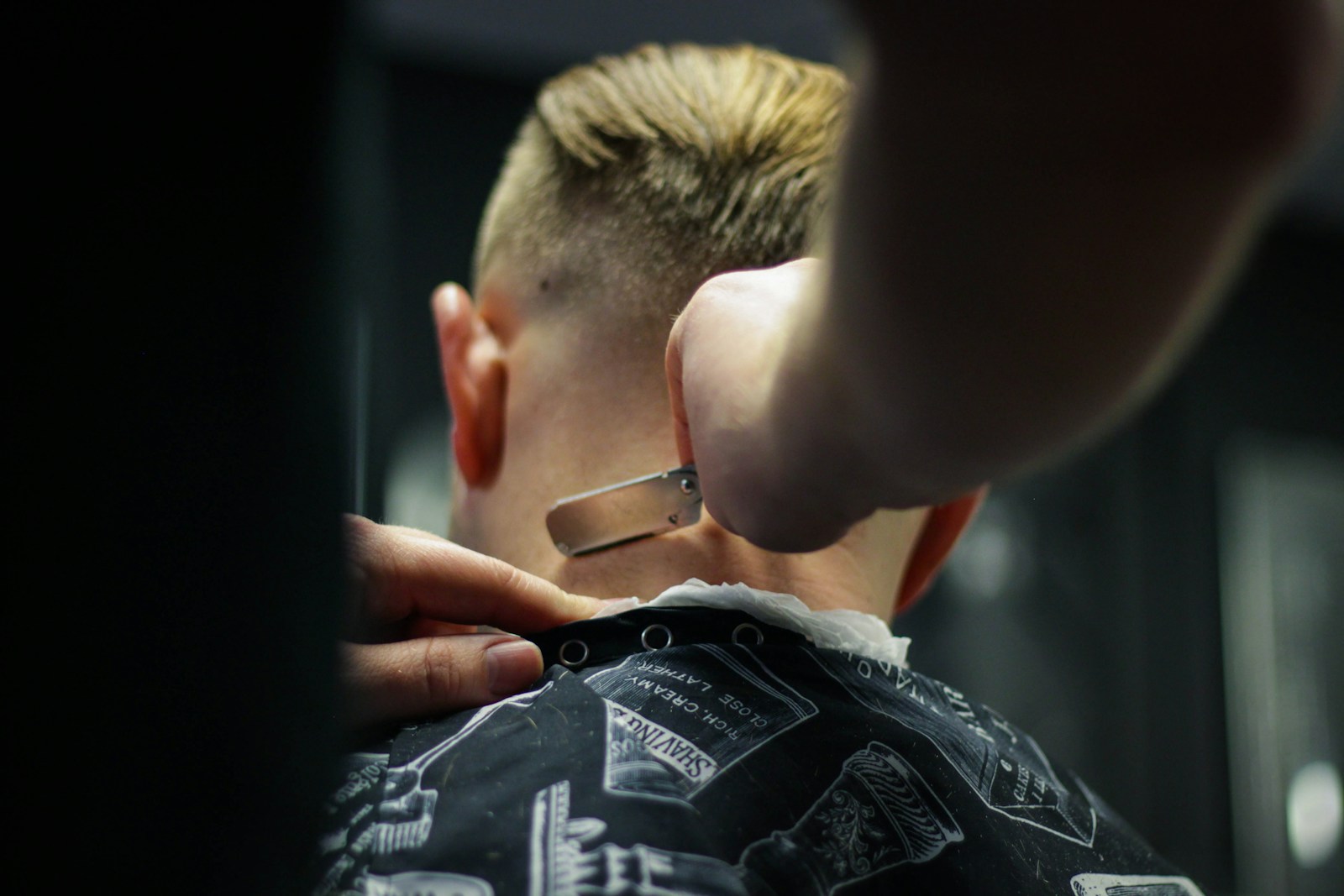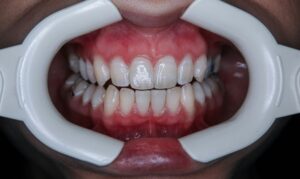Undergoing a hair transplant is a transformative decision that restores not only your hair but also your confidence and self-esteem. However, achieving the full potential of your transplant requires a thoughtful approach to post-surgery care and hairstyling. Proper hairstyling is not just about aesthetics; it’s about protecting your scalp and nurturing the transplanted grafts to ensure they grow strong and healthy.
In this guide, we explore 15 essential hairstyling tips after a hair transplant. Each tip is explained in detail, providing actionable advice to help you navigate the delicate post-surgery period and maintain healthy, stylish hair for years to come.
1. Follow Post-Operative Instructions
The first step in hairstyling after a hair transplant is strictly adhering to the post-operative instructions provided by your surgeon. These guidelines are designed to ensure the successful integration of transplanted grafts and to prevent unnecessary complications.
For the first two weeks after surgery, avoid any hairstyling practices that involve touching or manipulating the transplanted areas. Your scalp will be sensitive, and the grafts are still stabilizing. Washing should be done using a gentle, prescribed shampoo, and only as directed by your surgeon. Pat dry with a soft towel instead of rubbing, which can dislodge grafts.
Once you enter the third or fourth week, you can begin to introduce light hairstyling routines, but it’s crucial to consult your surgeon before doing so. Failing to follow instructions during this critical period can compromise the success of the transplant.
2. Avoid Tight Hairstyles
Tight hairstyles such as ponytails, buns, or braids create unnecessary tension on the scalp and hair follicles. This is particularly harmful after a transplant when the grafts and surrounding scalp are still healing. Excessive pulling or tension can weaken the grafts and may lead to a condition called traction alopecia, where hair is lost due to stress on the follicles.
Instead of tight styles, opt for loose, natural looks that allow your hair to flow freely. If you need to secure your hair, use soft hair ties or clips that don’t tug on the scalp. Women can let their hair fall naturally, while men might opt for a short, easy-to-manage cut that requires minimal manipulation.
3. Be Gentle When Brushing or Combing
After a hair transplant, brushing or combing should be approached with care. Aggressive brushing can damage both transplanted and existing hair, as well as irritate the healing scalp.
Use a wide-tooth comb or a brush with soft, flexible bristles designed for sensitive scalps. Begin detangling from the ends of your hair and gradually work your way upward to avoid unnecessary pulling. For those with curly or textured hair, a leave-in detangler or conditioner can make brushing easier and reduce breakage.
Avoid brushing wet hair, as it is more vulnerable to breakage. Let your hair air-dry partially before combing, or use a microfiber towel to remove excess moisture without causing friction.
4. Wait Before Using Heat Styling Tools
Heat styling tools like blow dryers, curling irons, and flat irons can damage your hair and scalp, particularly in the months following a transplant. The intense heat can dry out the scalp, irritate healing skin, and weaken hair shafts, making them more prone to breakage.
Wait at least three to six months before incorporating heat styling into your routine. Once your surgeon gives you the green light, always use a heat protectant spray and set the tools to a low or medium heat setting. Avoid applying heat directly to the scalp, as this area remains sensitive for an extended period.
Air-drying is the safest option for your hair during recovery. If you must use a blow dryer, use the cool or warm setting and maintain a safe distance from the scalp to prevent irritation.
5. Choose Lightweight Styling Products
Styling products like gels, waxes, and pomades can weigh down transplanted hair, clog follicles, and hinder growth. Heavy products often contain harsh chemicals or alcohol, which can dry out the scalp and increase sensitivity.
Opt for lightweight, water-based styling products that are gentle on the scalp and easy to wash out. Look for formulations labeled as non-comedogenic, meaning they won’t clog hair follicles. Products enriched with nourishing ingredients like aloe vera, argan oil, or keratin can provide added benefits by moisturizing and strengthening hair.
Avoid overusing styling products, as buildup can irritate the scalp and interfere with healing. Use only what is necessary to achieve your desired look, and wash your hair thoroughly to remove residue.
6. Avoid Hair Dyes and Chemical Treatments
Chemical treatments, including hair dye, bleach, perms, and relaxers, can irritate the scalp and weaken transplanted grafts. These treatments often involve harsh ingredients that penetrate the hair shaft and scalp, potentially disrupting the healing process and causing inflammation.
Wait at least six months after your transplant before considering any chemical treatments. Even then, consult your surgeon to determine if your scalp has fully healed and can tolerate these procedures. Opt for ammonia-free or semi-permanent dyes, as they are less harsh on the scalp.
If coloring your hair is a priority, work with a professional stylist experienced in post-transplant care to ensure the process is as gentle as possible.
7. Keep Hairstyles Low Maintenance
During the recovery phase, low-maintenance hairstyles are your best option. These styles reduce the need for frequent brushing, manipulation, or product use, minimizing stress on the transplanted areas.
For men, a short, cropped cut or a simple buzz cut can be both stylish and practical. For women, letting hair fall naturally or opting for loose waves provides an elegant look without requiring intensive styling. The less you handle your hair during this period, the better it will thrive.
8. Use Hair Accessories Carefully
Hair accessories like hats, scarves, or headbands can protect your scalp from environmental factors such as sunlight, dust, and pollution. However, it’s important to choose accessories that are gentle on the scalp and do not apply pressure to the transplanted areas.
Select lightweight, breathable materials like cotton or silk, which are less likely to irritate the scalp. Avoid tight-fitting hats or accessories with rough textures that can rub against the healing skin. If you need to wear a hat outdoors, ensure it fits loosely and provides adequate ventilation.
9. Embrace Natural Volume
Enhancing your hair’s natural volume can improve its appearance without the need for heavy styling products. Layered haircuts or texturizing techniques can create the illusion of thicker, fuller hair, especially in areas where density is still developing post-transplant.
Volumizing shampoos and conditioners are another excellent option. These products are specifically formulated to lift the hair at the roots and add body without weighing it down. Look for products enriched with biotin, collagen, or keratin for additional strengthening benefits.
10. Avoid Overwashing
Overwashing your hair strips it of its natural oils, leaving both the scalp and hair dry and brittle. Newly transplanted hair is particularly susceptible to this damage, so it’s important to limit washing to two or three times per week.
Use a gentle, sulfate-free shampoo designed for sensitive scalps. Avoid rubbing the transplanted areas while washing; instead, use a soft, dabbing motion to clean your scalp. Rinse thoroughly to remove all product residue, as buildup can irritate the scalp and hinder healing.
Between washes, dry shampoo can help absorb excess oil and refresh your hair. Choose a formula designed for sensitive scalps to avoid unnecessary irritation.
11. Incorporate Scalp Massages
Scalp massages promote blood circulation to the hair follicles, delivering nutrients and oxygen that support healthy growth. They also reduce stress and create a relaxing self-care routine.
Use your fingertips to gently massage your scalp in circular motions for 5–10 minutes daily. This can be done while washing your hair or as a separate practice. Adding essential oils like rosemary, peppermint, or lavender can enhance the benefits by stimulating follicular activity and improving scalp health.
12. Protect Hair From UV Rays
Prolonged exposure to UV radiation can damage the scalp and weaken hair strands, making sun protection a vital part of post-transplant care. Wear a wide-brimmed hat or use a scarf to shield your scalp when spending time outdoors.
If you prefer not to wear a hat, use a leave-in conditioner with built-in UV protection. These products create a protective barrier that shields both hair and scalp from harmful rays, reducing the risk of dryness, irritation, and color fading.
13. Stay Hydrated and Eat a Balanced Diet
Hydration and nutrition are fundamental to maintaining strong, healthy hair. Drink plenty of water daily to keep your scalp hydrated and support cellular repair.
Focus on consuming a balanced diet rich in vitamins and minerals such as biotin, zinc, iron, and omega-3 fatty acids. These nutrients strengthen hair, reduce shedding, and promote overall growth. Incorporating foods like eggs, spinach, salmon, nuts, and seeds ensures your hair receives the nourishment it needs to thrive post-transplant.
14. Schedule Regular Trims
Regular trims help maintain the overall health and appearance of your hair by removing split ends and preventing breakage. Aim to visit your stylist every 6–8 weeks for a light trim, focusing on keeping the shape of your hair without manipulating the transplanted areas.
Choose a stylist who is experienced in working with clients who have undergone hair transplants. They will know how to handle your hair carefully and style it in a way that complements the new growth.
15. Be Patient With Styling Goals
Patience is essential when styling your hair after a transplant. Transplanted hair typically begins to grow between three to six months after surgery, with full results becoming visible at the one-year mark. During this time, it’s important to prioritize gentle care overachieving dramatic styles.
Focus on maintaining healthy hair practices and allowing the grafts to fully integrate. As your hair gains volume and length, you can gradually experiment with more elaborate styles. Consult with your surgeon or stylist to ensure your choices align with the progress of your recovery.
Conclusion
Styling your hair after a transplant is an exciting step in your journey toward restored confidence and appearance. By following these 15 hairstyling tips, you can protect your transplanted grafts, enhance your hair’s health, and achieve stunning results.
From choosing gentle products to embracing low-maintenance styles, each step contributes to a successful recovery and long-term hair growth. With patience, care, and a commitment to healthy hairstyling practices, you can enjoy the full benefits of your hair transplant while showcasing your unique style with confidence.




